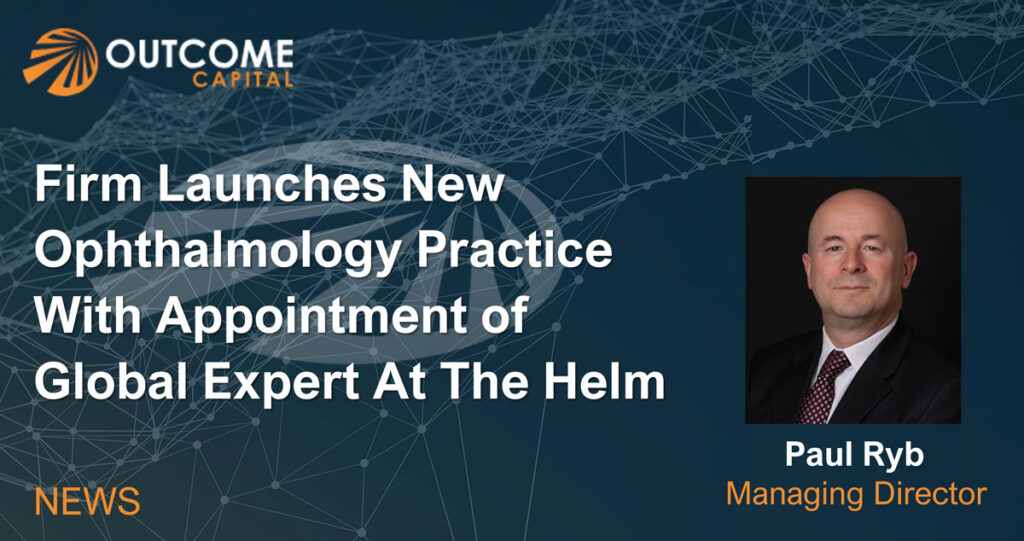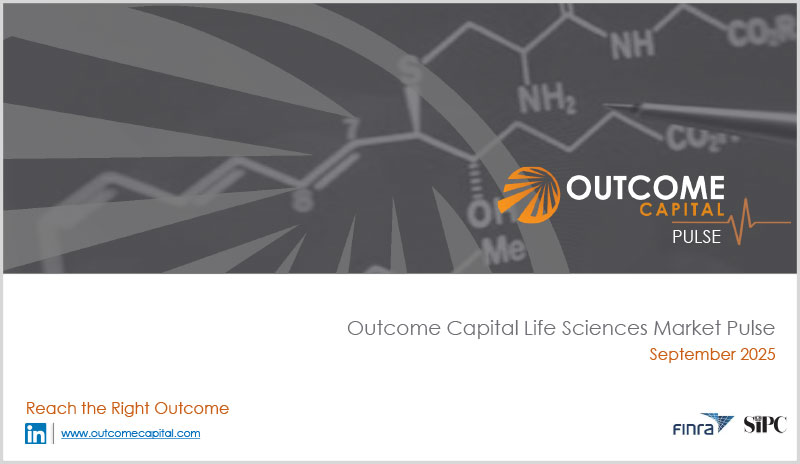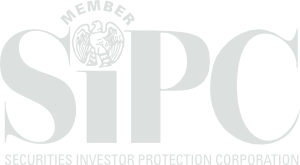Pitching Your Company: Key Distinctions to Make When Meeting With Potential Investors or Acquirers

Pitching Your Company: Key Distinctions to Make When Meeting With Potential Investors or Acquirers
By Thomas Busby, MBA and Oded Ben-Joseph, PhD MBA
Outcome Capital
Whether in the early stages of attracting capital, or engaging in discussions with strategic acquirers, successful life science management teams are careful to make important distinctions when “pitching” their company. Below, are topics that are occasionally confused to the detriment of otherwise marketable technologies and companies:
Value Proposition vs. Technology: Explaining to investors or buyers how they will realize return on capital is your primary goal when pitching. Your company’s technology is the vehicle used to achieve this purpose, but it’s a company’s value proposition that navigates a technology towards eliciting a desired market response. A successful value proposition carefully aligns a novel technology with market dynamics to exploit opportunities only unlocked by that specific technology. Remember, a value proposition connects a technology to a market.
DO: Identify unique market opportunities and show how your technology is designed to fulfill these demands. This is what will ultimately drive shareholder returns; this should also be the focus of your pitch.
DON’T: Focus on technical specifications without explaining how they relate to the market. Also, do not feel compelled to review every technical novelty. Remember, the goal of most of these meetings is to get to “the next meeting.”
Internal vs. External Perspective: Companies do not operate in a vacuum. CEOs must accept the reality that the success of their company is largely dependent on segment dynamics, as opposed to their technology or management skills. It is thus imperative that management develops a path to liquidity that is aligned with their segment. Typically, a market segment will support certain technologies and valuations, whether raising capital or engaging in M&A activity. Savvy CEOs will devise a go-forward strategy and path to liquidity that relies heavily on these dynamics.
DO: Adopt an outward, top-down, market-driven perspective. Know what buyers and investors are looking for and reflect on how your company is aligned with their needs. Identify recent transactions, competing product features, market share analysis and industry developments as validation or strategic “next steps” for your company. These quantified metrics provide the best benchmarks to position yourself against the competition.
DON’T: Adopt an inward technology-centric perspective. The world is filled with exciting technologies that never saw the light of day
Value Milestones vs. Activity Milestones: A recent pitch by a life sciences CEO to an investor board concluded with the executive explaining that this round of investment would enable the company to move into new lab space. One of the committee members then asked the CEO if another milestone should be added to include the installation of a water cooler. The members’ point being that new lab space, while an important cultural milestone for employees, meant little for investors unless anchored with corresponding revenue/ clinical milestones.
DO: Identify specific de-risking and value-enhancing milestones that are significant to shareholder value and returns. If the milestone does not in turn result in an exit opportunity, then it should at least substantiate cause for increased valuation for the next round.
DON’T: Confuse a pitch aimed at securing investment with an “all hands” strategy meeting aimed at explaining “next steps” to employees. Investors want to be made aware of significant corporate events that changes the value/risk profile of your company. Employees want (and need) to understand all the work and revisions needed to get to those milestones.
Technology Challenges vs. Market Challenges: It’s easy to explain away the reason for a market’s limited size due to outdated, inefficient technology. As example, the space travel industry isn’t limited by demand, but by technology, one could argue. Similarly, life science companies occasionally operate under the mistaken idea that the cause of market’s limited size (in dollar value) is because a good technology has not been invented. However, when choosing a strategy that will attract investment, it’s always preferable to solve market problems as opposed to technology problems. Solutions to technology problems creates more great technology. Solutions to market problems creates great companies.
DO: Identify and focus on opportunities in the market today and accept the size of your market for what it is. Any incremental or dormant markets you might unlock will add value but cannot be the foundation of a company’s existence.
DON’T: Assume that a market will be created around a new technology. Even if only considering regulatory hurdles, there is not a sector that evolves more slowly than healthcare. The point being that young life sciences companies will struggle to find endorsement for their product if there isn’t already a clearly defined market.
Capital Efficiency vs. Broad Efforts: Sophisticated technologies can take enormous amounts of time and uncalculatable product design iterations before ready to be introduced to a market. However, whether the company burns through hundreds of millions of dollars or barely double digits in development costs, if the products address the same issue with no difference in value, then capital goes wasted. A capital-efficient strategy is one where capital allocation reflects value creation. Projects, tests, and added features that do not specifically enhance the value, de-risk the company or differentiate from the competition in meaningful ways are not only wastes of capital, but more importantly, time.
DO: Focus on the critical path to lead product development and de-prioritize follow-on products or multiple product iterations that may not necessarily add value. Pursuing multi-product development programs, while enticing as a seemingly de-risking measure, is risky and expensive and should be left to large strategic players.
DON’T: Belabor the effort/time/capital put into product development unless it directly speaks to the company’s ability to manage capital efficiently. Sharing that the company went through multiple product re-designs can sometimes be interpreted as mismanaged processes by the wrong investor. Alternatively, sharing that significant product advancement was achieved with limited resources can be a value driver for investors/acquirers.
Content vs. Delivery: CEOs tend to focus exclusively on the content of their presentation while paying less attention to the delivery. It is not only what you say but also how you say it. When uttered by a CEO, the phrase, “oh, you just didn’t understand,” usually signals the end of any productive conversation with an investor; and yet, it continues to plague many management teams. The vast amount of capital stored in today’s venture markets is largely reserved for entrepreneurs able to succinctly share their company’s purpose and potential. If an investor questions your company’s purpose or potential, pause and reflect on the reason for their concern and attempt to re-phrase without inviting ego into the discussion.
DO: Think deeply about questions your audience may have and be open to answering follow-up questions, even if they seem elementary. Investors, trivial as it may seem, need an investment thesis, and as such they may need to work their way through the various premises. Be ready to work through these steps with them.
DON’T: Assume you know more about the market or technological value because you spent more time developing/working in it than an investor. Also, do not take offense to questions that may seem unrelated or confrontational.
Ultimately, when pitching your company to investors and acquirers, a balanced focus needs to be achieved between sharing your company’s unique market position and potential with your investor/partner’s distinctly better future if they choose to join you.
News

Outcome Capital Launches the First Dedicated Ophthalmology Practice to Address the World’s Leading Cause of Disability
Appoints Paul Ryb Managing Director to Lead Firm’s Expansion BOSTON–(BUSINESS WIRE)-July 8, 2025-Outcome Capital, LLC, a highly specialized life sciences and healthcare advisory and investment banking firm, today announced that Paul Ryb has been appointed Managing Director and will lead the firm’s dedicated ophthalmology practice, providing strategic guidance, transactional support, and advisory services to clients […]
Read MoreResources

Outcome Capital Life Science Market Pulse, September 2025
Outcome Capital Life Science Market Pulse September 2025 Click to view our LifeSciences Pulse Newsletter
DownloadContact Us for More Information
Would you like to learn more about working with Outcome Capital or discuss your specific needs?


